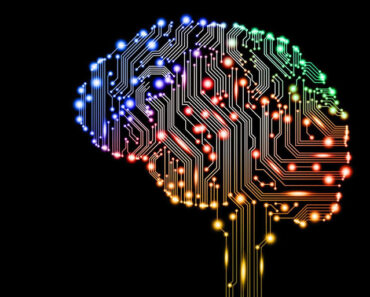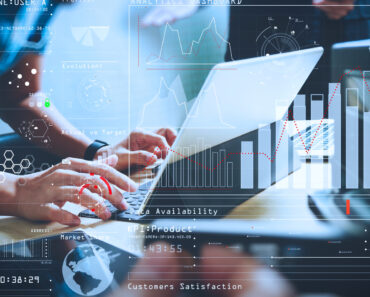History of Machine Learning
Since it was first invented, humans have been thinking about ways for computers to learn from experience. This was proven in 1952, Arthur Samuel created a program, game of checkers, on an IBM computer. The program can learn the movements to win the game checkers and save the movement into memory.
The term machine learning is basically a computer process for learning from data (learn from data). Without data, the computer will not be able to learn anything. Therefore if we want to learn machine learning, we will definitely continue to interact with data. All machine learning knowledge will definitely involve data. Data can be the same, but the algorithms and approaches are different to get optimal results.
Learning Machine Learning
Machine Learning is one branch of the discipline of Artificial Intelligence (Artificial Intelligence) which discusses the development of systems based on data. Many things are learned, but basically there are 4 main things learned in machine learning.
- Directional Learning (Supervised Learning)
- Unsupervised Learning
- Semi-supervised learning
- Reinforcement Learning
To find out more about Machine Learning, you can take a course in Udemy
Machine Learning Application
Examples of the application of machine learning in life are as follows.
Application in the medical field, for example, is detecting a person’s illness from existing symptoms. Another example is detecting heart disease from electrocardiogram records.
In the field of computer vision, for example, is the application of face recognition and face labeling as on Facebook. Another example is the translation of handwriting into text.
In the case of information retrival, for example, translating language using a computer, converting voice into text, and filtering spam emails.
One technique for applying machine learning is supervised learning. As discussed earlier, machine learning without data will not work. Therefore the first thing prepared is data. Data will usually be divided into 2 groups, namely training data and testing data. The training data will be used to train the algorithm to find a suitable model, while the testing data will be used to test and determine the performance of the model obtained at the testing stage.
From the model obtained, we can make predictions divided into two types, depending on the type of output. If the prediction results are discrete, then it is called the classification process. For example gender classification seen from handwriting (male and female output). It is called the regression process. For example the prediction of the price range of houses in the city of Bandung (output in the form of house prices).
Impact of Machine Learning on Society
The application of machine learning technology has inevitably been felt now. There are at least two conflicting impacts from the development of machine learning technology. Yes, positive and negative impacts.
One positive impact of machine learning is to become an opportunity for entrepreneurs and technology practitioners to continue working in developing machine learning technology. The helping of activities that humans must carry out is one of the positive effects of machine learning. An example is the spell checking feature for each language in Microsoft Word. Manual checking will take days and involves a lot of effort to get perfect writing. But with the help of the spell checking feature, in real time we can see errors that occur during typing.
But besides that there are negative impacts that we must be aware of. The existence of labor cuts because work has been replaced by machine learning technology tools is a problem that must be faced. Coupled with dependence on technology will be increasingly felt. Humans will be more complacent by the ability of its gadgets that they forget to learn to do an activity without the help of technology.











